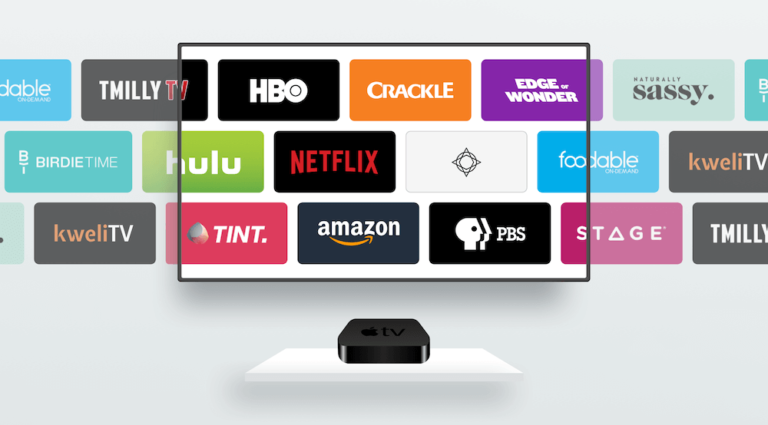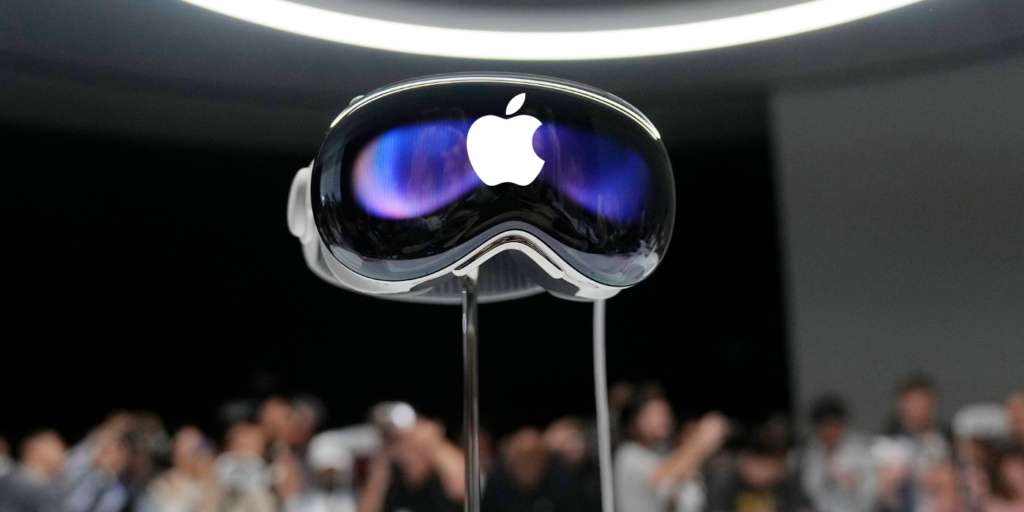The internet allows us to send messages, share pictures, download music and stream videos at a touch of a button, but our online habits have a surprising impact on the environment. The use of streaming video is growing exponentially around the world. These services are associated with energy use and carbon emissions from devices, network infrastructure and data centres.HD video streaming on phone ‘creates eight times more emissions than SD’: – According to research done by scientists at the prestigious Royal Society in the UK
Overview
With the advent of Reliance Jio 4G network in late 2016, the data prices dropped significantly in India. In fact, Indians enjoy one of the lowest data charges in the world. With cheap data prices, it is no surprise that streaming high-definition (HD) movies, shows, and music have become a common practice.
However, the climate impact of streaming video can be lowered by rapid improvements in the energy efficiency of data centres, networks and devices. But slowing efficiency gains, rebound effects and new demands from emerging technologies, including artificial intelligence (AI) and blockchain, raise increasing concerns about the overall environmental impacts of the sector over the coming decades.
How Carbon Emission is increased?
The carbon footprint of streaming video depends first on the electricity usage, set out above, and then on the CO2 emissions associated with each unit of electricity generation. Streaming services have a negative effect on the environment, due to the power required to transfer data, a large proportion of which is generated by non-renewable energy sources like gas and coal. As with other electricity end-uses, such as electric vehicles, this means that the overall footprint of streaming video depends most heavily on generated. Powered by the current global average electricity mix,
Streaming a 30-minute show on Netflix would release 0.028 – 0.057 kg of CO2.

Electricity usage
Looking at electricity consumption alone, one hour of Netflix consumes 0.8 kWh. To put it in context, my updated estimate for the average carbon footprint of a half-hour Netflix show is equivalent to driving around 200 metres in a conventional car. Screens with 4K resolution use about 30 percent more energy than high-definition screens.
While most of the online traffic — 34 percent — is related to streaming videos, on Netflix, Amazon Prime, and Hulu, for example, the next biggest sector is online porn.

Digital videos come in very large file sizes and (are) getting bigger with each new generation of higher definition video. More data equals more energy needed to maintain a system that is ready to stream this video to your device at a moment’s notice. Much of the energy needed for streaming services is consumed by the data center, which delivers data to your computer or device. The data centers contribute about 0.3 percent of all carbon emissions. Anders Andrae of Huawei Technologies told AFP he estimated they would consume as much as 4.1 percent of global electricity by 2030.
Check this : 10 Best Things you can do with your Smartphone; 25 Best Unfamiliar Apps for Android
The Rising Demand
Set against all this is the fact that consumption of streaming media is growing rapidly. Netflix subscriptions grew 20% last year to 167m, while electricity consumption rose 84%. Many new video streaming and cloud gaming services have also launched in recent months. Particularly noteworthy is the rapid growth in video traffic over mobile networks, which is growing at 55% per year. Phones and tablets already account for more than 70% of the billion hours of YouTube streamed every day.
Moreover, emerging digital technologies, such as machine learning, blockchain, 5G, and virtual reality, are likely to further accelerate demand for data centre and network services.
It is becoming increasingly likely that efficiency gains of current technologies may be unable to keep pace with this growing data demand.
To reduce the risk of rising energy use and emissions, investments in R&D for efficient next-generation computing and communications technologies are needed, alongside continued efforts to decarbonize the electricity supply.

Expert Suggestions
So how can we reduce the carbon emission? Let’s see what some of the experts says.Experts suggest that viewers disable auto play and stream over Wi-Fi in lower-definition formats. The worst-case scenario is watching over a 3G connection on a mobile device. The authors of the report have requested online platforms and regulators to curb streaming resolution and to set the default streaming option as SD instead on HD. Sustainable design and coding could also help, such as further improving video compression. A recent study explored the potential energy and emission reductions of shifting YouTube music videos to audio only when playing in the background. This will help reduce per capita carbon emissions thus combating climate change.
Scientists estimate that small moves like these could help save around 5% of carbon emission from streaming services.
The experts also suggest that consumers should change their devices less often as manufacturing of electronic devices is a carbon-intensive process. Tech fans can also help cut carbon emissions by buying gadgets second-hand and recycling them when they reach their end-of-life.
Read also : WiFi Backscattering – A Key to IoT
The report also suggests digital technology, from smart meters to supercomputers, weather modelling and AI, could deliver nearly one-third of the carbon emission reductions required by 2030. Increasingly efficient IT hardware and a major shift to “hyperscale” data centres have helped to keep electricity demand. There are also obvious trends in the technology seen every day. Devices are also becomingsmaller and more efficient, for example, in shifts from CRT to LCD screens, and from personal computers to tablets and smartphones.
“If individuals keep their phones for four years instead of two, this contribution is halved,” said the Royal Society.
REFERENCES:1.www.theprint.in2.www.indiatoday.in3.www.livemint.com4.www.businesstoday.in






